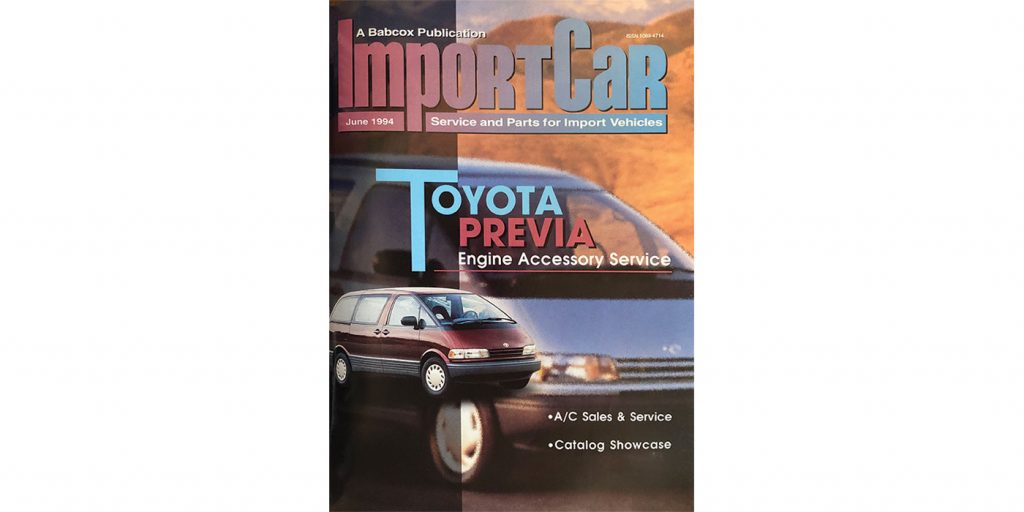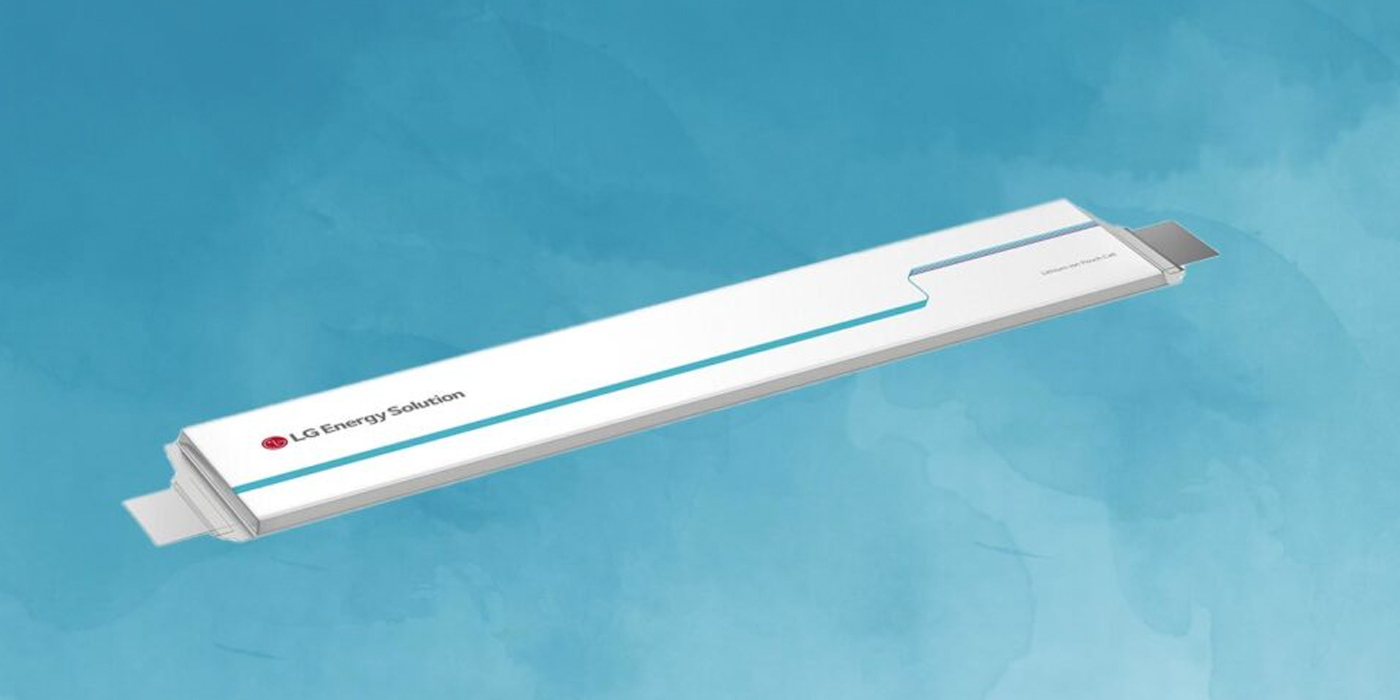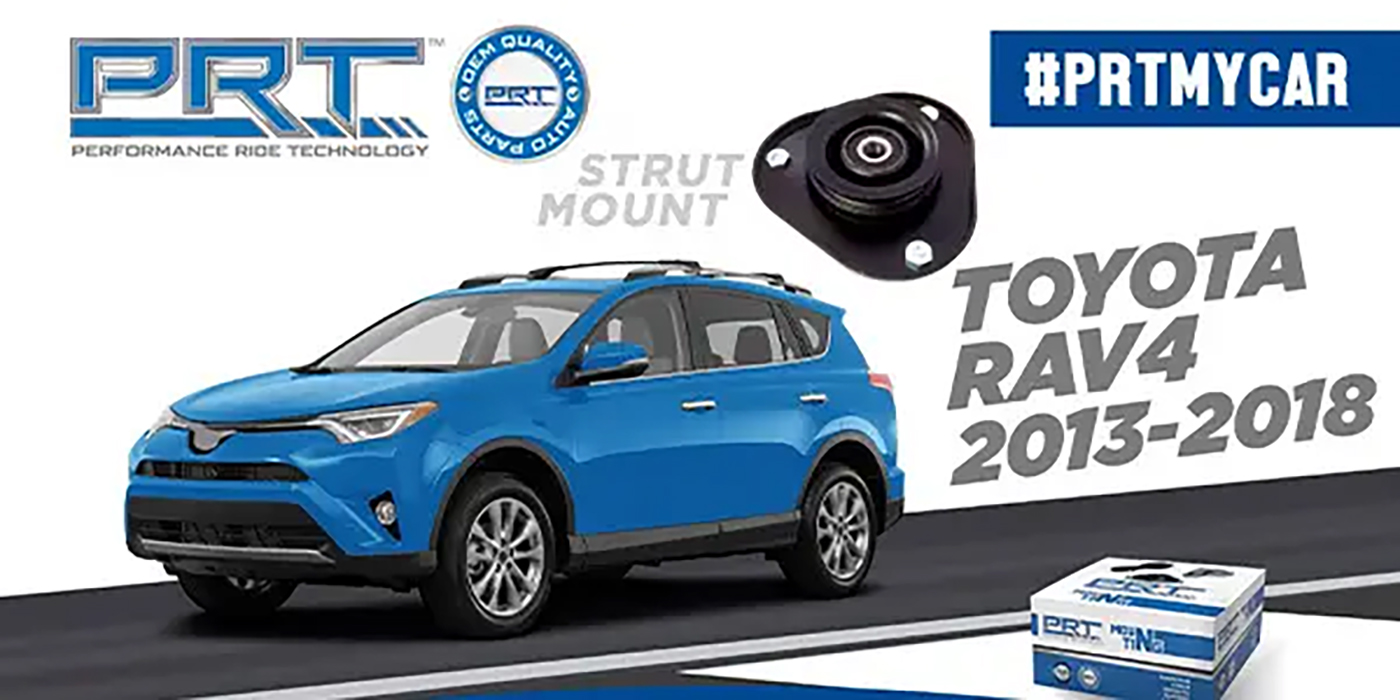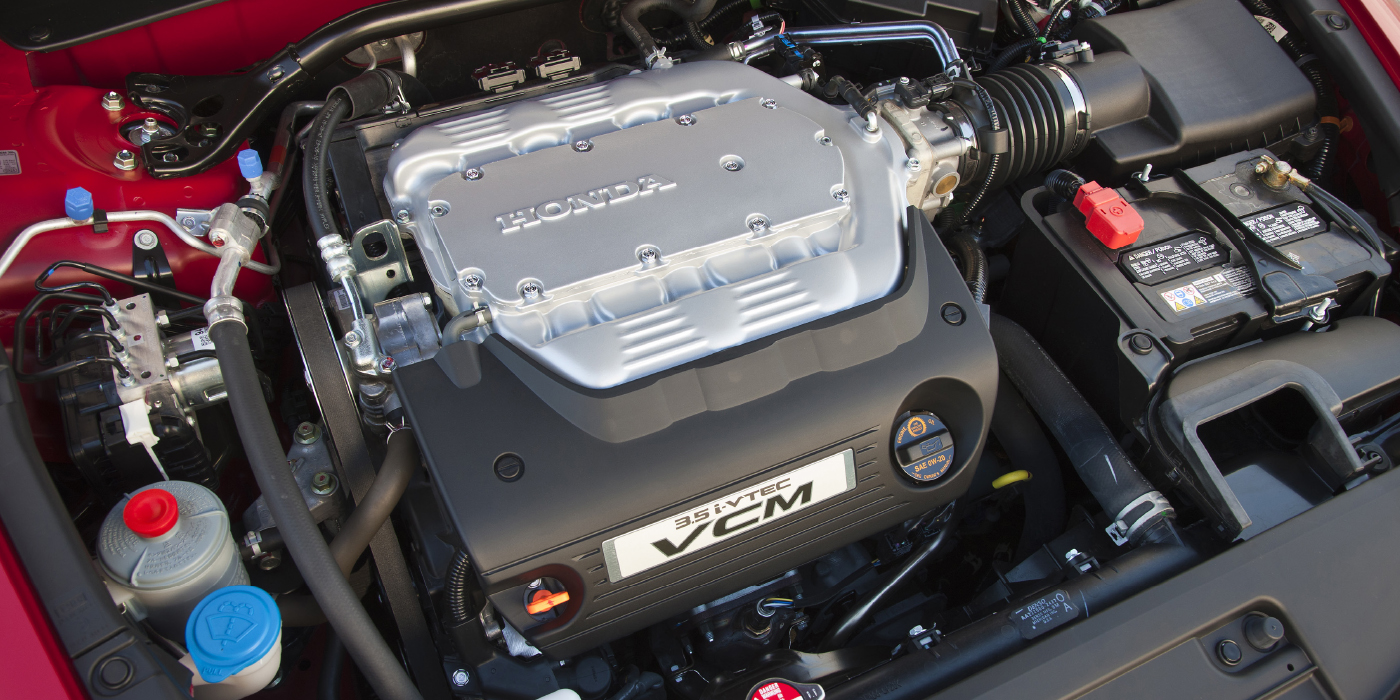The Toyota Previa was a unique vehicle. Available in the U.S. from 1990-1997, and considered to be something other than a full-size van or a mini-van, it wasn’t a car or a station wagon – it was a “people mover.”
Its appearance certainly got reactions, either positive or negative, from drivers and fashion experts alike, but it was its mechanical design that made technicians sit up and take notice.
Defying classification as having a particular engine placement, it wasn’t a front-engine, mid-engine or rear-engine design, explained the author of our June 1994 cover story – “The engine is rearward of front, but ahead of mid, directly under the front seats. The engine is not upright, but almost on its side – just about 15 degrees from lying down flat. The inline four cylinder has its valvetrain under the driver’s posterior. Valve train work requires the hinged driver’s seat to be tilted out of the way and a section of the floor removed to gain access. Reaching the ignition requires the same step, but you must move the seat, carpeting and floor on the passenger side.”
The configuration of the first-generation Previa gave comfortable, even front/rear weight distribution, but it prevented the installation of a larger engine. To compete with other popular minivans like the Dodge/Plymouth/Chrysler platform that offered V-6 engines, in 1994 Toyota began offering a supercharger with air-to-air intercooler that produced 158 hp and increased fuel mileage from 17 to 23 mpg.
The U.S. version of the Previa was discontinued after the 1997 model year, to be replaced by the more conventionally attractive Toyota Sienna.














